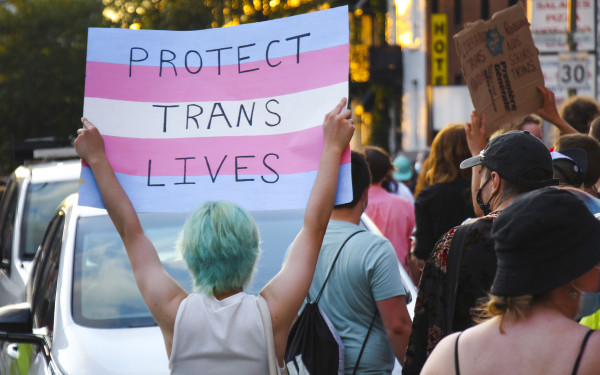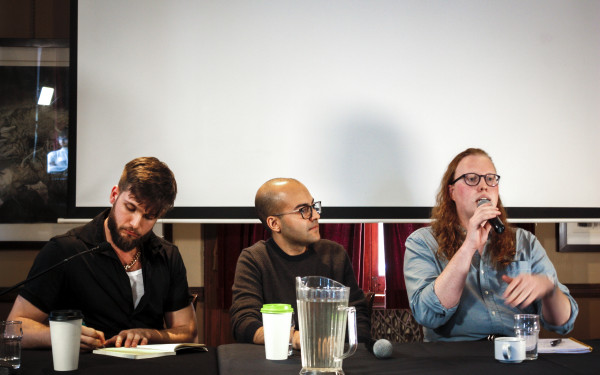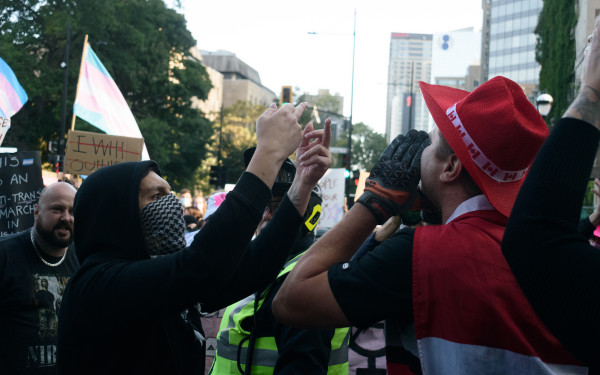Editorial: A time capsule of gender and sexuality coverage
In 1982, The Link published its first special issue focused on sexual orientation: The Gay Issue. The publication sparked backlash and threats, with thousands of copies ripped from stands by those who opposed it.
Ever since, The Link has published a similar issue each year. Slowly, it evolved to become more inclusive. Today, the annual edition is known as The Gender and Sexuality Issue.
This year, we chose to include content from The Link’s archives. In reviewing past issues, we encountered emotional accounts of coming out to one's parents, first-hand narratives of dealing with loss in the transgender community, and light-hearted listicles about safe-sex practices. We have included some of our admirable—as well as questionable—moments in covering the experiences of LGBTQ2S+ communities.
These pieces are paired with new articles that delve into current events and issues. In curating this edition, we sought to draw threads between the new and the old. We have not aimed to draw one-to-one comparisons or to present a comprehensive history.
Our editors have taken into consideration the discrepancies that exist between currently accepted language and ideologies in regard to LGBTQ2S+ topics and those from previous eras.
Decisions to exclude articles based on what we found to be oppressive language or ideas is not an attempt to misrepresent The Link’s publishing history. We tried to balance the inclusion of material that reveals wider social attitudes and a mixed legacy with an effort to exclude pieces we anticipated could be harmful to republish in this format.
An examination of our history has been a reminder of the ways intention and impact are not always perfectly aligned. We acknowledge the importance of subjecting oneself to critical reflection and searching for ways to do better. In our context, this is not limited to creating opportunities to provide a platform or finding ways to produce journalism that supports marginalized communities. It also demands the cultivation of more inclusive spaces.
We cannot simply console ourselves with the conceit of a social justice mandate. We must continually renew our identity as an advocacy publication by reevaluating what this means and how to achieve it.
We aspire to live up to the best aspects of The Link’s history and legacy—times when the publication has stood up to violence and oppression and supported and platformed LGBTQ2S+ people and voices. Indeed, that is the most reliable strategy to fight bigotry in our society: queer and trans folks and their allies working (and fighting) in solidarity.
This article originally appeared in The Gender & Sexuality Issue, published March 10, 2021.

.png)
_600_832_s.png)


_600_375_90_s_c1.jpg)

